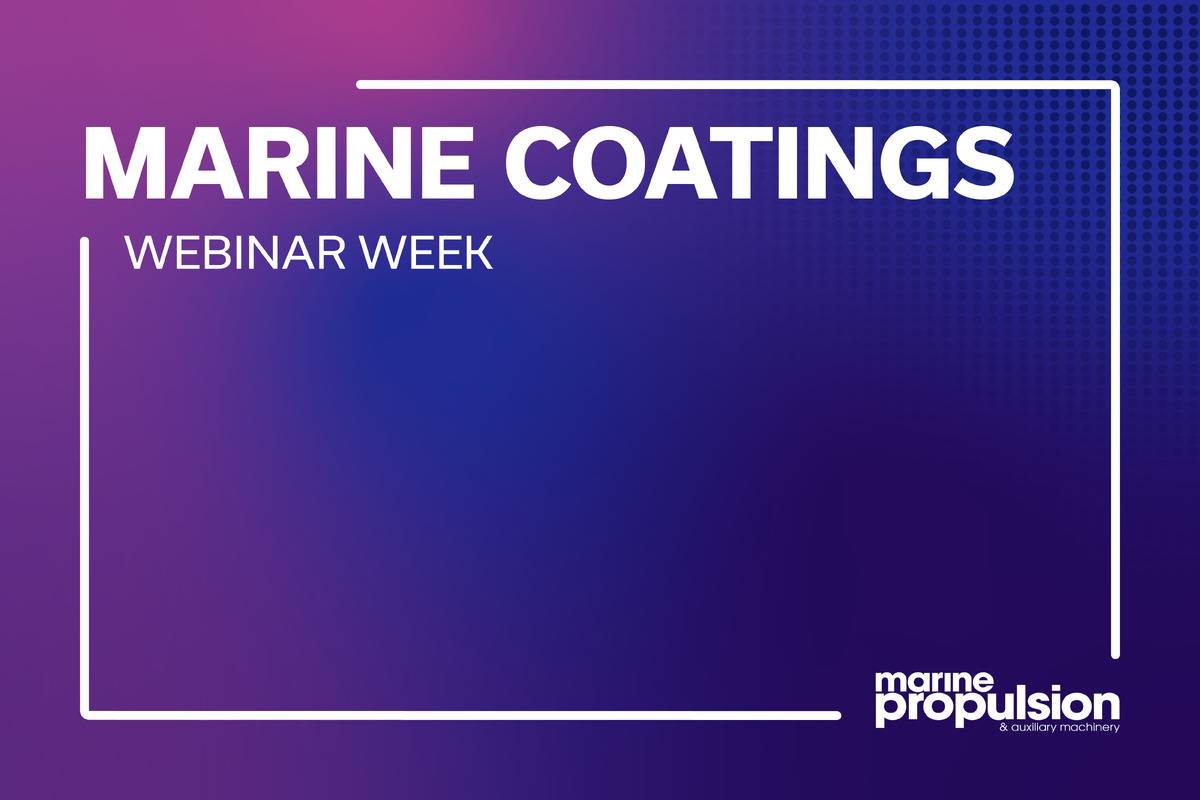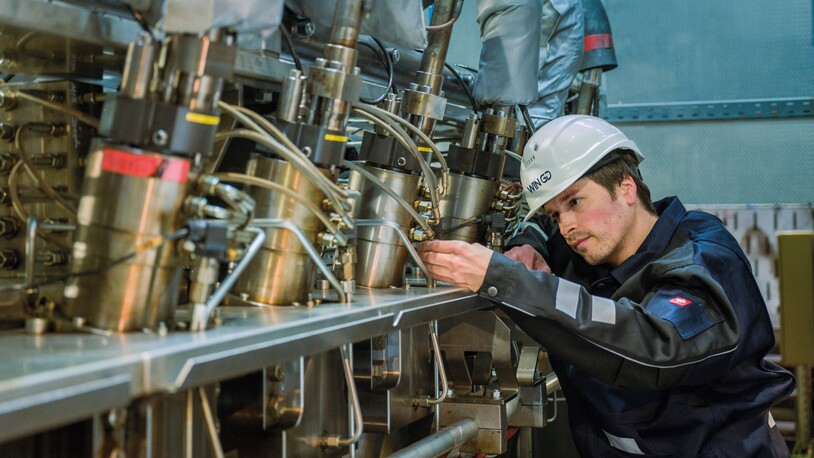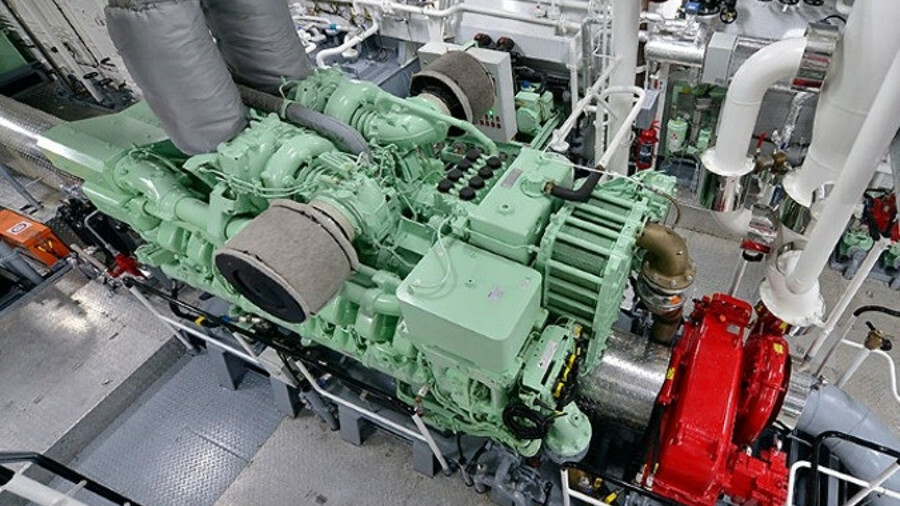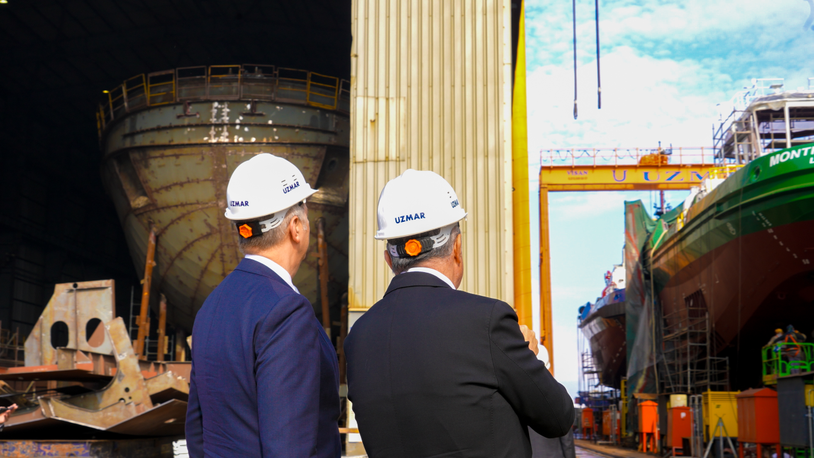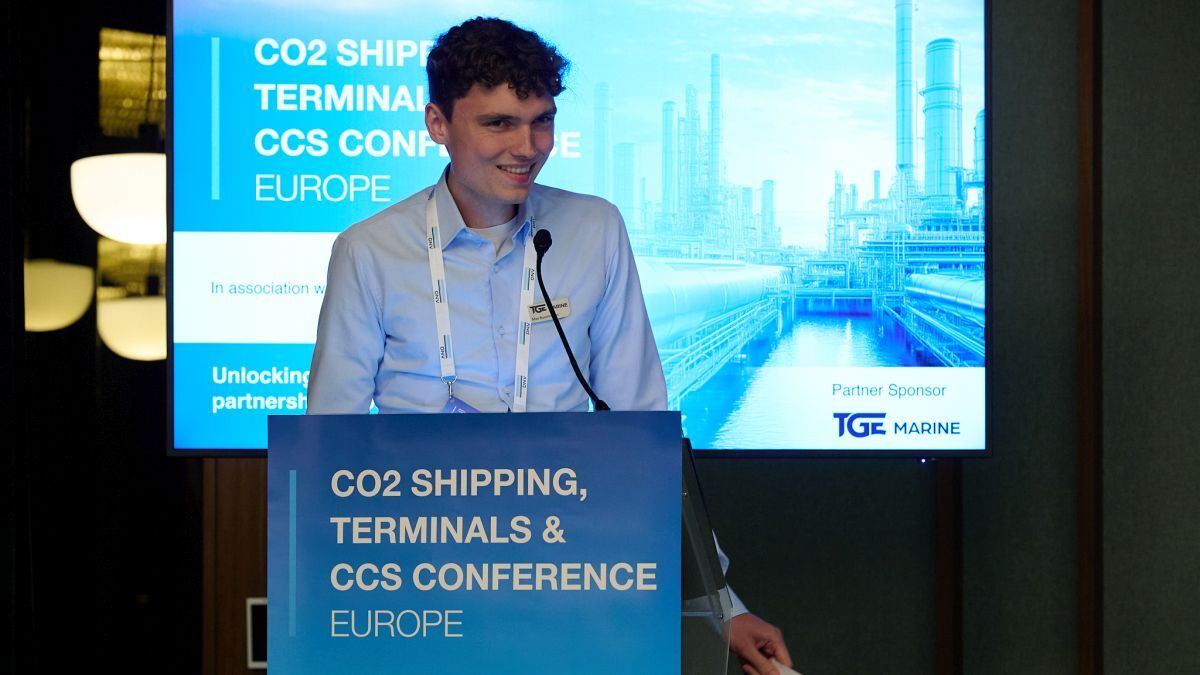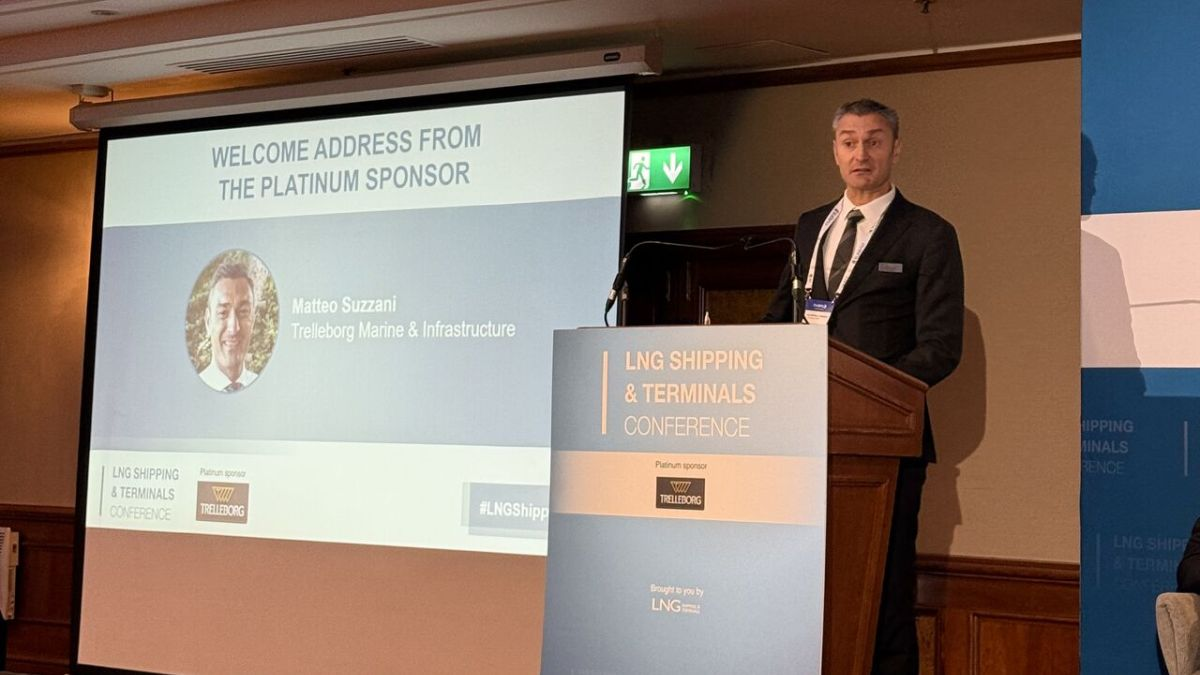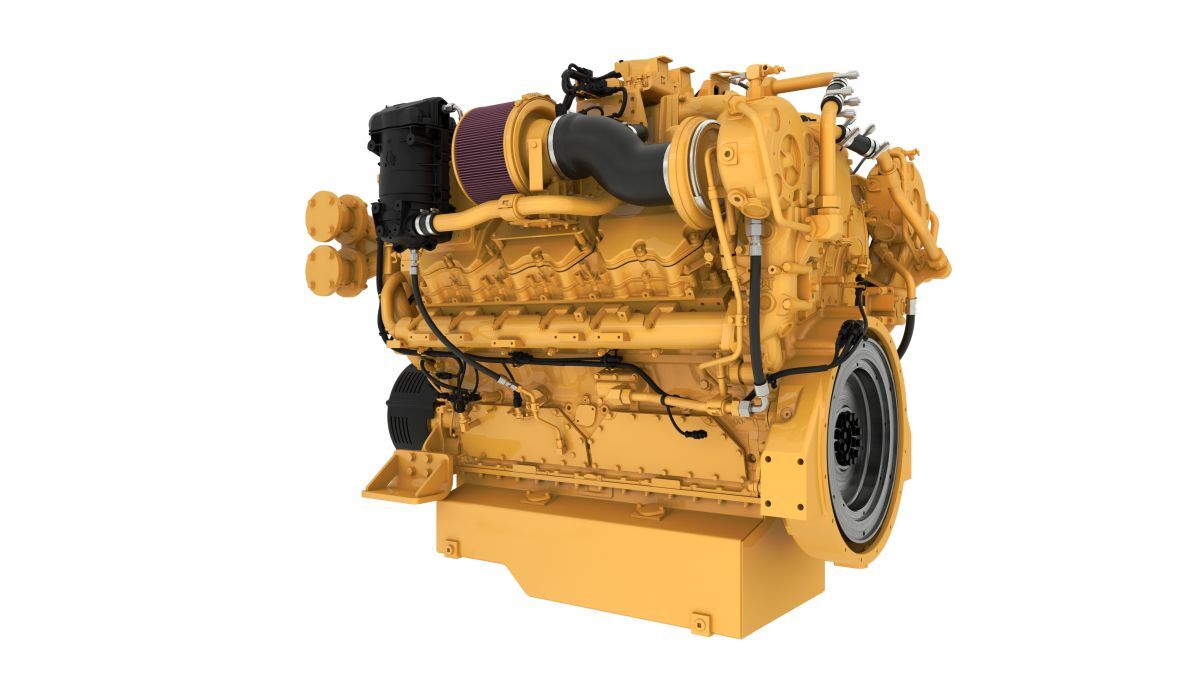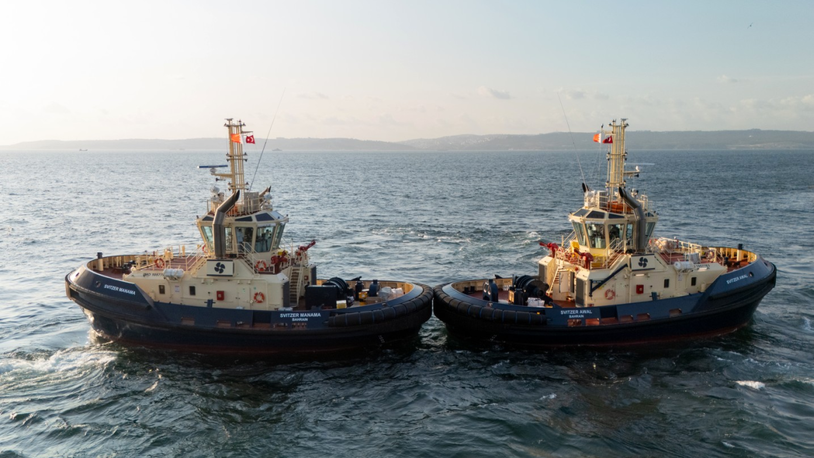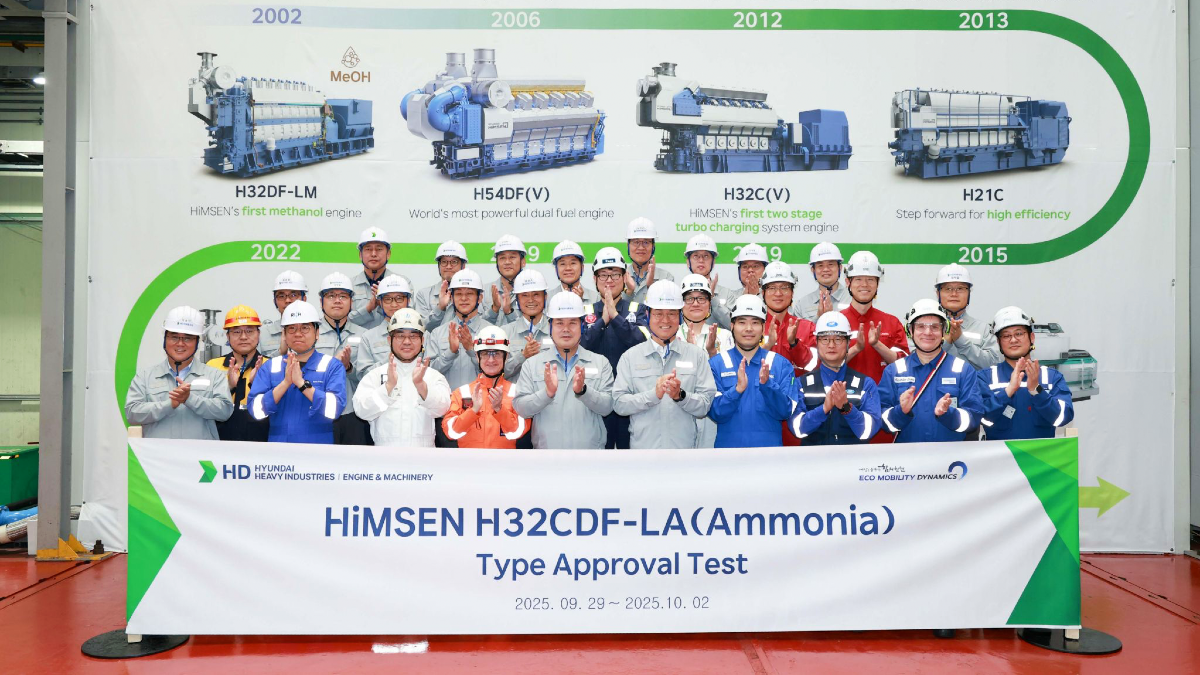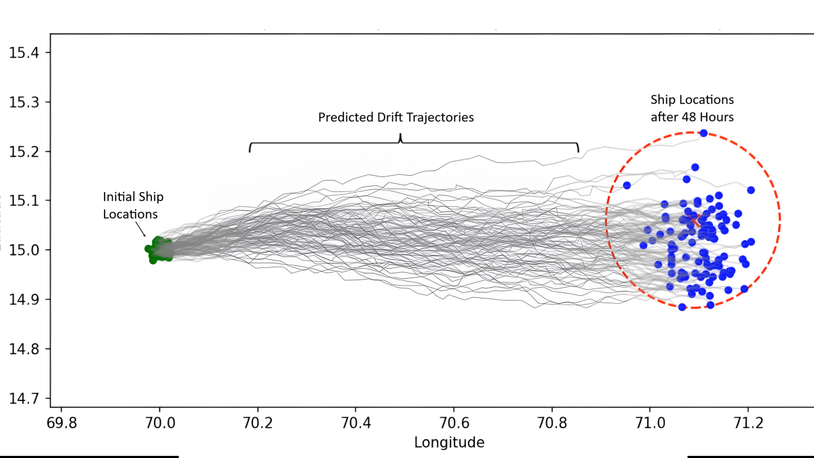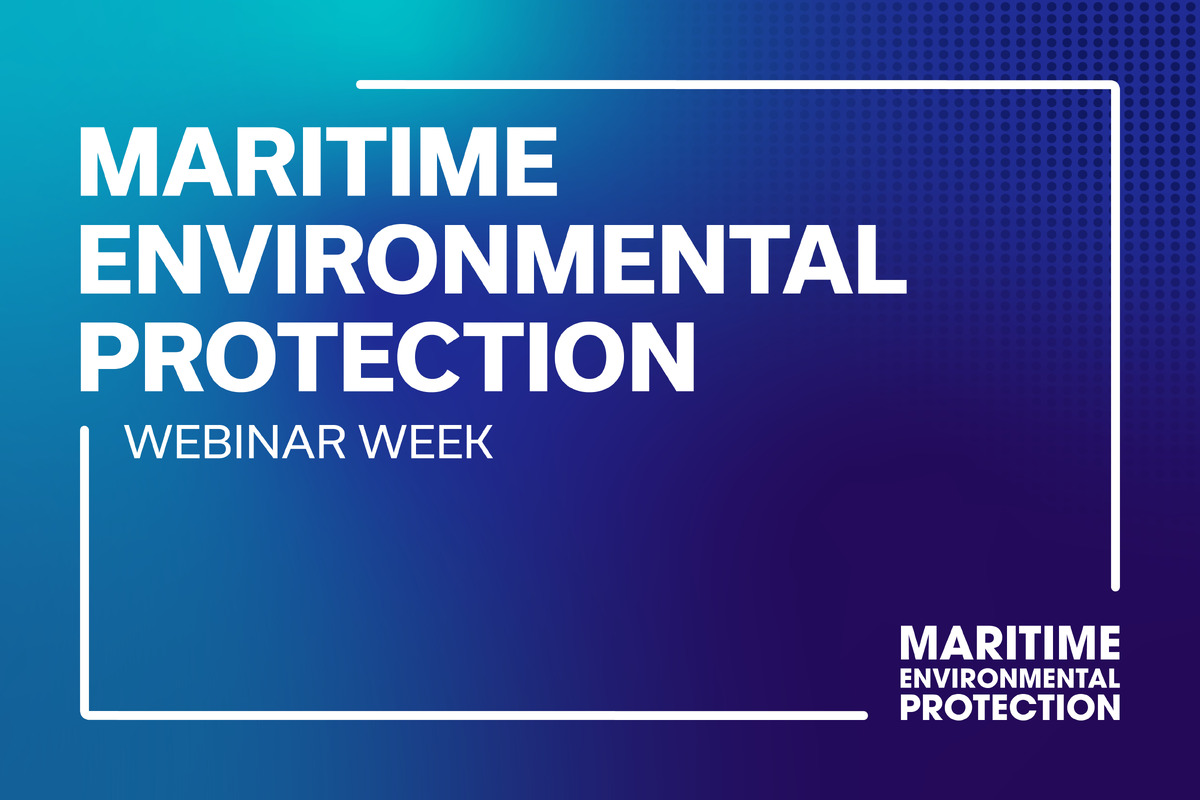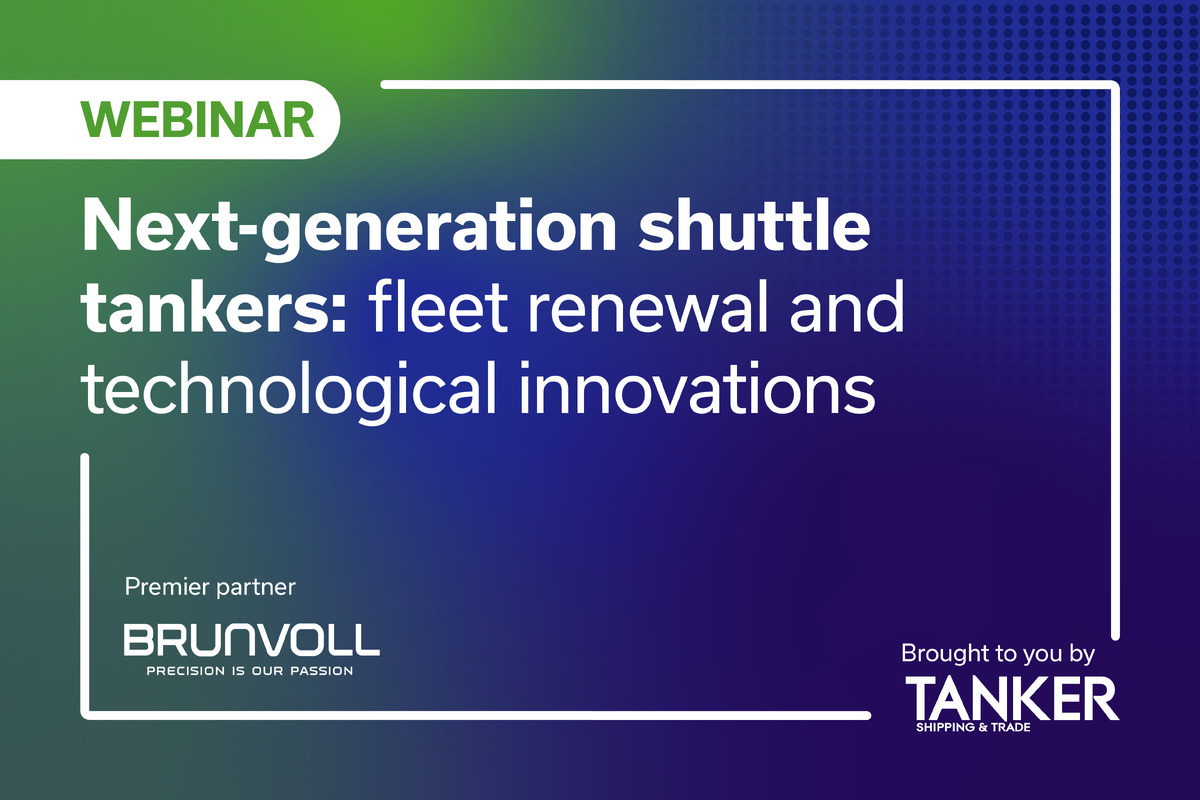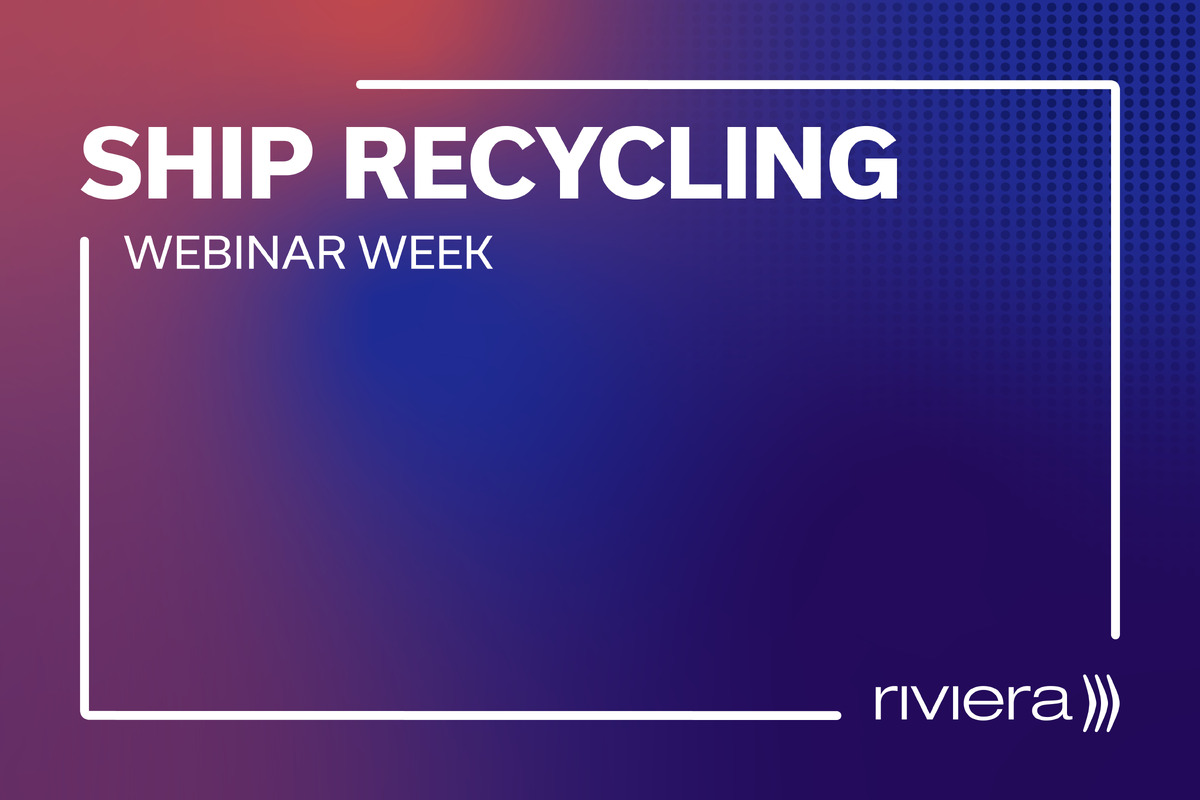Business Sectors
Events
Marine Coatings Webinar Week
Contents
Why hybrid propulsion is finding favour among tug operators
Tugboat builders are installing smaller engines as demand for cost-effective emissions compliance intensifies
Tugboat builders are installing smaller engines as demand for cost-effective emissions compliance intensifies
In October last year, Svitzer’s harbour operations at Tanger-Med port took delivery of four tugs that are quietly revolutionary, marking the first time that terminal tugs with a bollard pull of 90 tonnes have been powered by high-speed engines.
The boats are driven by two 16-cylinder M73L diesel engines from MTU. Delivering 2,700 kW each, they mark a departure from the usual industry practice of installing medium-speed engines for vessels that require a bollard pull of 85 tonnes or greater. The result, said MTU senior sales manager Andreas Müller-Hirlinger, is an installation that saves both space and money.
“High-speed engines are much more compact than their medium-speed counterparts, and also have lower price tags,” he said.
The installation of these tugs, measuring just under 30 m long and with a beam of 6 m, needs to be particularly compact. And while the smaller high-speed engines do save space, there is a factor that erodes some of that saving. With their regular speed of 1,970 rpm, the engines require a gearbox to drive the Schottel azimuth propellers. In this instance, MTU reduced the speed to 1,850 rpm, allowing the engines to drive the propellers directly.
The use of high-speed engines is being extended into a wider range of marine applications as enginebuilders introduce top-of-the-range models with greater power and as tug hull designs are optimised, requiring less power for propulsion. But there are other reasons too. Last year Wärtsilä launched its first high-speed engine, the Wärtsilä 14.
“As energy management becomes smarter and battery systems increase in power density, there will be the possibility to replace medium-speed engines with high-speed units”
The uptake of high-speed engines will increase as hybrid propulsion becomes more commonplace, said Wärtsilä director of small-bore engines Janne Klemola. The company’s integrated hybrid propulsion package, Wärtsilä HY, comprises engines, batteries and an energy management system (EMS). As the EMS becomes smarter and battery systems increase in power density, Mr Klemola foresees the possibility of replacing medium-speed engines with smaller, high-speed units. For shipowners the upside will include lower upfront investment, smaller installation footprints, lower lifecycle fuel consumption and reduced maintenance. That, he said, is one of the main reasons for Wärtsilä’s entry into the high-speed engine market.
The changing marine fuel mix will also have an impact. When IMO’s global sulphur cap arrives, the possibility of burning high-sulphur, high-viscosity heavy fuel oil will be removed for vessels that do not have an exhaust gas cleaning system. More operators will use cleaner, less viscous fuels such as marine gasoil. As a result, high-speed engines will be less likely to be barred by their requirement for less viscous fuel.
“As fuels become cleaner that will open the market for high-speed engines, especially in the lower power range”
“As fuels become cleaner that will open the market for high-speed engines, especially in the lower power range,” said Mr Klemola. “Depending on the fuel type they are selecting and how they run their vessels we can offer either heavy-duty, medium-speed engines or high-speed engines.”
Accompanying the launch of the new engine, which packs 1,340 kW of power in its biggest 16-cylinder ‘V’ configuration, was a design for a 40-tonne bollard pull tug. The Wärtsilä HYTug 40 is a smaller version of the HYTug launched in 2017, designed for shallow draft operation. It features two Wärtsilä 14 engines – 12-cylinder versions offering 850 kW of power at 1,800 rpm – and an energy storage system with a capacity of 450 kWh. Along with an energy management system, the engine and energy storage make up one configuration of Wärtsilä’s integrated hybrid propulsion package, Wärtsilä HY.
Integrated packages
Wärtsilä is not alone in offering hybrid propulsion to enable smaller and cheaper engine installations. A tug due to be delivered to Baydelta Marine in San Francisco this year will feature the first MTU hybrid propulsion system, incorporating power take-in, electric motors, main propulsion engines and Rolls-Royce azimuth thrusters.
Rolls-Royce will supply all electric motors, shaft generators and a power management and control system. The hybrid arrangement provides power to US255 azimuth thrusters with ducted fixed pitch propellers that can be rotated 360° around the vertical axis. This arrangement optimises omni-directional thrust and manoeuvrability as well as providing improved crash stop capability.
Rolls-Royce Commercial Marine senior vice president Americas Griff Lane noted that the hybrid arrangement allowed Nichols Brothers Boat Builders and ship designer Jensen Maritime to achieve the required bollard pull from a smaller engine than would otherwise have been required.
“It provides greater operational flexibility which allows for the system to provide improved fuel efficiency, redundancy, and reduced emissions,” he said.
The tug’s power arrangement is a forerunner to an integrated hybrid propulsion package that Rolls-Royce aims to launch in 2020 after testing on a superyacht this year. Tugboats, with their widely variable power demands and the frequency at which they work in ports and other areas sensitive to air quality, will be high on the company’s target list.
Reducing emissions was a prime concern in constructing Damen’s latest tug design, the first diesel-electric version of its Shoalbuster 3514 in shallow-draft, DP3 arrangement. The Shoalbuster 3514 SD DP2 will be used by owner Herman Senior initially for windfarm support work in coastal waters. But, according to Herman Senior managing director Jack van Dodewaard, the vessel will be equally capable of working on projects further offshore. With a 60-tonne bollard pull, the vessel – to be named Brutus – will also have the potential to attract towing work.
“The vessel will be very fuel efficient and will have a very low carbon footprint,” said Mr van Dodewaard. That is a direct result of the diesel-electric configuration, which allows the operator to run from one to four engines depending on propulsion power demand, with the remaining engines providing power for one of the many tasks within the vessel’s remit.
The versatile vessel will feature IMO Tier III certified propulsion via four Caterpillar C32 ACERT engines driving four 1,900 mm-nozzle waterjets. The C32 engines will deliver a total of 3,876 kW, with exhaust gas treated by selective catalytic reduction (SCR) units developed by Cat when it launched the Tier III version of the engine last year.
Important aspects of the updated engine are newly designed air filters, integrating a sump ventilation system and replacing cooling water hoses with pipes to cut maintenance. The latest version also omits an expansion tank to make it more compact.
Emissions control
Alongside the SCR are other emissions-reducing design improvements. Cylinder cut-off enables cylinders to be disengaged to prevent low temperatures occurring in the engine, improving catalyst durability and reducing smoke. And a software-aided fuel and urea delivery system makes sure that both engine and SCR are working optimally to keep emissions within limits.
Improving the integration of SCR is a focus point at present for engine designers. MAN Energy Solutions has recently been granted IMO Tier III certification for its MAN 175D SCR system by several classification societies after passing its final type-approval test. The unit accompanies MAN’s high-speed MAN 175 engine, and the Tier III approvals cover the use of the SCR with the existing 12-cylinder engine configuration, as well as forthcoming 16 and 20-cylinder models.
Due to its IMO NOx Scheme A certification procedure the system can be installed directly without further onboard confirmation tests. That will save valuable cost for the first buyer of the new system, P&O Reyser, which will use two MAN 12V175D engines on a 27-m, 75-tonne bollard pull asymmetric tractor tug. The engines will be supplied to vessel builder Drydocks World in Dubai. The vessel is due to enter service in mid-2020.
P&O Reyser managing director Iñigo Garcia explained that the tugboat is the result of two years’ development work between MAN and Reyser parent group P&O Maritime. The result, he said, is “a state-of-the-art tug complying with the most strict environmental requirements for deployment in the Port of Barcelona”.
The facts bear out Mr Garcia’s claim: this will be the first Tier III-compliant harbour tug for P&O Maritime, as well as the first Tier III-compliant harbour tug operating in the Mediterranean.
“Our propulsion package was chosen because of its compact footprint, fuel-efficient performance and the flexible design approach taken with the SCR layout,” said MAN head of four-stroke sales Lex Nijsen.
According to Mr Nijsen the win shows that MAN is gaining trust in the tug segment. The ability to deliver a compact emissions-compliant package is the reason for that trust, he said.
As the demand for Tier III compliance – and the exhaust treatment it requires – continues to tighten, engine builders will find their ability to deliver compact propulsion configurations increasingly tested. The use of high-speed engines on larger, more powerful tugs will offer one route to compact compliance.
Schottel cuts electricity with mechanical hybrid
Hybrid configurations do not always need to include batteries – or even electric motors, according to a collaboration between Svitzer and propulsion specialist Schottel. The two companies have developed a new arrangement based on Schottel’s recently developed Y-Hybrid thruster technology, which allows port and starboard azimuth thrusters to be connected, meaning that both can be driven by either of the main engines.
The conventional hybrid arrangement for tugboats involves at least one power source (diesel engine or electric motor) for each thruster. Using the Sydrive-M, the flexibility of a hybrid arrangement can be achieved without adding gearboxes or electrical components. This arrangement means that owners can select a hybrid configuration without altering their existing vessel design.
“Conventional hybrid vessels are getting overloaded with additional components including generators, frequency converters, batteries and automation”
Schottel head of product management Sacha Scholz explained “Conventional hybrid vessels are getting overloaded with additional components including generators, frequency converters, batteries and automation. This is fine in large vessels, but in smaller vessels there is not enough space left, so an expensive redesign is often necessary. The hybrid mechanical concept avoids this by relying on only the existing components and a shaftline between the two thrusters.”
In light operation or free sailing mode, when full power of both engines is not needed, one of the two main engines remains alternating off. The working engine is more optimally loaded than two engines working at relatively low load in a conventional set-up.
In fire-fighting mode, the disengaged main engine is used to drive the pump through its front power take-off, with no requirement for dedicated engines or extra clutches and controllable pitch propellers. In full thrust operation, the connection between the two thrusters is disengaged and each engine is engaged to a thruster.
Related to this Story
Events
Marine Coatings Webinar Week
Maritime Environmental Protection Webinar Week
Ship Recycling Webinar Week
© 2024 Riviera Maritime Media Ltd.
